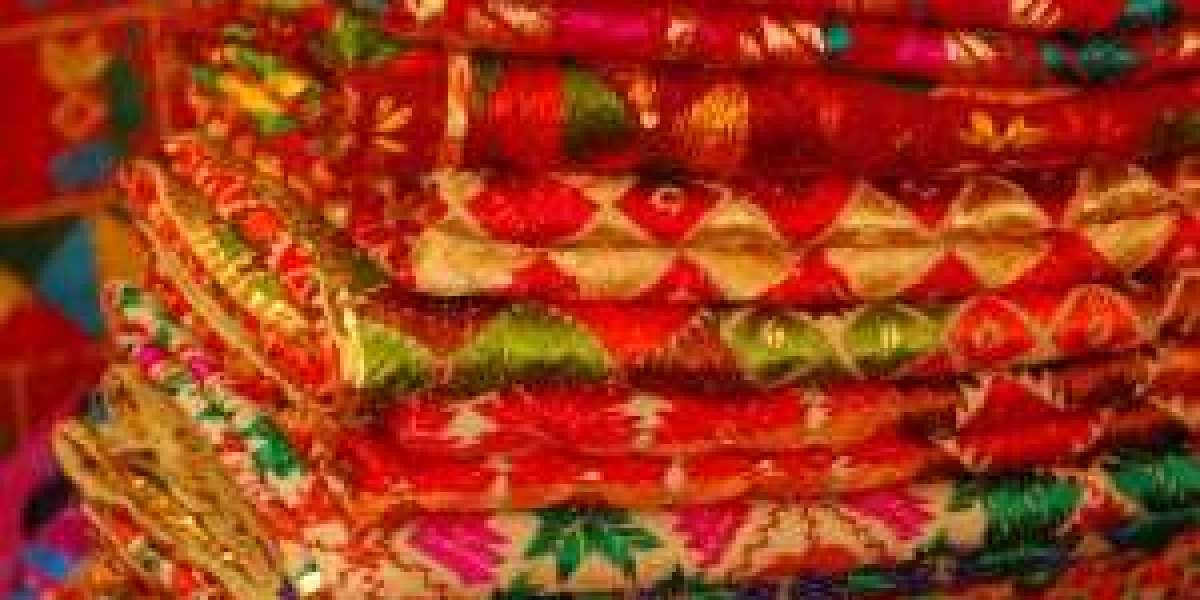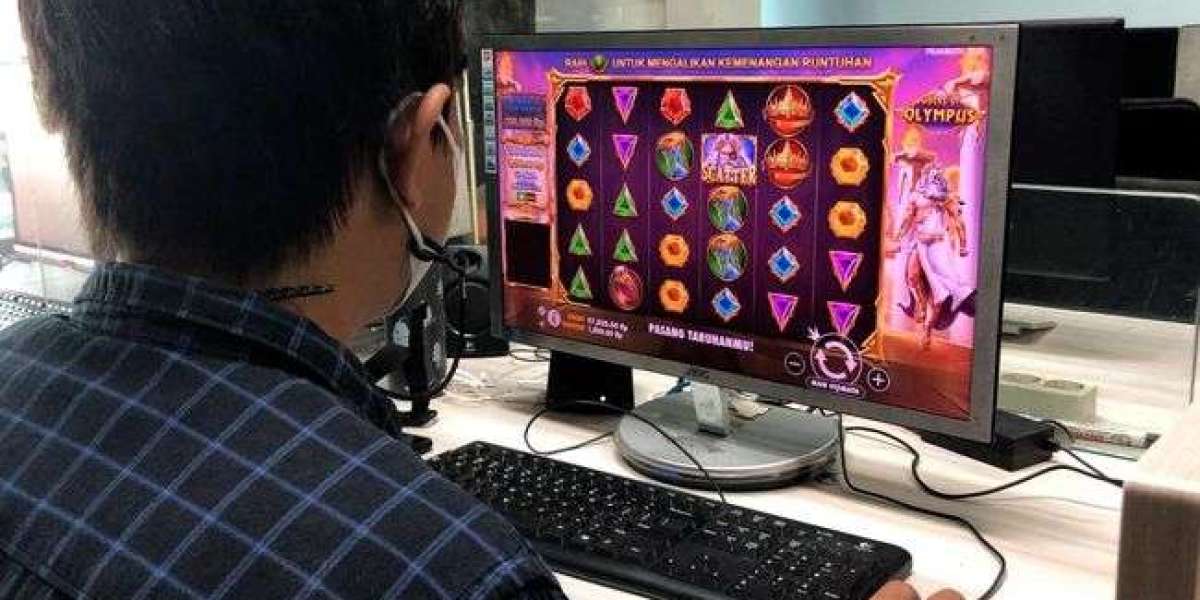Phulkari, a word that translates to “flower work,” is more than just an embroidery technique; it’s a piece of living history that tells the story of a rich cultural heritage. Originating from the Punjab region, Phulkari has been cherished for centuries, not just for its intricate beauty but also for its deep-rooted cultural significance. Today, as the world of fashion continuously evolves, Phulkari remains a timeless craft that bridges the past and the present. Let’s explore the charm of Phulkari and the traditions that make it so special.
The Origins of Phulkari
Phulkari has its roots in the rural areas of Punjab, where it was traditionally made by women for personal use or as a gift for special occasions such as weddings. The craft was passed down from generation to generation, with each piece telling a unique story. Historically, Phulkari was not just a decorative art but also a form of self-expression for Punjabi women, who would often depict their emotions, dreams, and cultural narratives through their needlework.
The Craftsmanship Behind Phulkari
What sets Phulkari apart from other forms of embroidery is its distinctive technique and vibrant use of colors. Unlike other embroidery methods that focus on the front, Phulkari is characterized by its intricate designs created on the reverse side of the fabric. This technique requires immense skill and precision, as the patterns are crafted without any prior sketching on the fabric.
The base fabric used for Phulkari is typically hand-woven cotton, known as khaddar, which provides a sturdy foundation for the embroidery. The threads used are usually silk or cotton in bright, contrasting colors, which create the iconic floral patterns that Phulkari is known for. The most popular colors include red, orange, pink, and green, each carrying its own symbolic meaning.
Cultural Significance of Phulkari
Phulkari is deeply intertwined with the cultural fabric of Punjab. Traditionally, it was an essential part of a bride’s trousseau, with mothers and grandmothers starting to embroider Phulkari shawls and dupattas for their daughters as soon as they were born. These handcrafted pieces were not just garments but heirlooms, representing love, blessings, and the hopes of the women who made them.
Different types of Phulkari were created for different occasions. For instance, Bagh Phulkari, where the entire fabric is covered in embroidery, was reserved for special events like weddings. In contrast, Chope Phulkari, typically in red or orange with minimal embroidery, was gifted to brides during pre-wedding ceremonies.
Phulkari in Contemporary Fashion
While Phulkari remains rooted in tradition, it has also found a place in modern fashion. Designers today are reimagining Phulkari by incorporating it into contemporary clothing and accessories. From stylish Phulkari jackets and bags to sarees and lehengas, this age-old craft is being embraced by a new generation that values both its aesthetic appeal and cultural significance.
Moreover, Phulkari has crossed regional boundaries and gained international recognition. It’s not uncommon to see Phulkari-inspired designs on global fashion runways, where the rich embroidery adds a touch of heritage and elegance to modern ensembles.
Preserving the Tradition
As Phulkari continues to captivate the fashion world, efforts are being made to preserve its traditional techniques and ensure that the craft does not lose its authenticity. Many organizations and artisans are dedicated to keeping the art of Phulkari alive by training the younger generation and promoting fair trade practices that support the artisans behind these beautiful creations.
Conclusion
Phulkari is more than just an embroidery technique; it’s a celebration of Punjabi culture, tradition, and the artistry of its people. Its timeless charm lies in its ability to convey stories, emotions, and cultural values through every stitch. As we continue to embrace Phulkari in both traditional and contemporary forms, we honor the legacy of the countless artisans who have kept this beautiful craft alive for centuries. Whether worn as a traditional dupatta or a modern fashion statement, Phulkari remains a symbol of the enduring beauty of cultural heritage.







